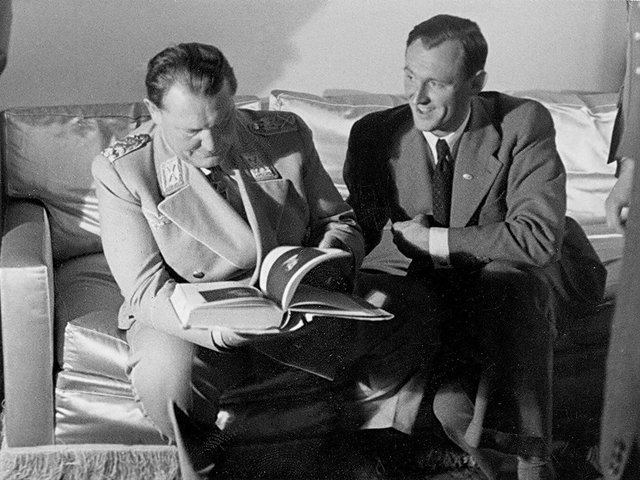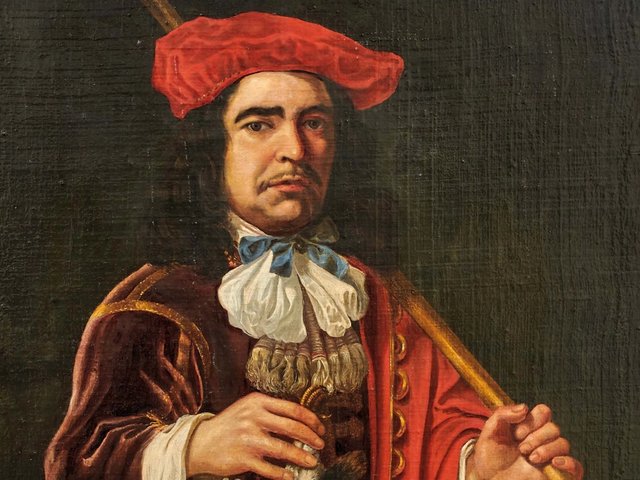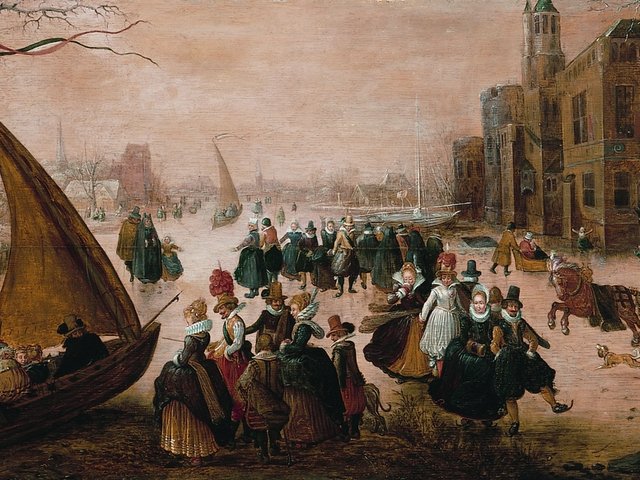Munich
The Bayerische Staatsgemäldesammlungen, (the Bavarian State paintings collection, BSGS) in Munich has become the first institution in Germany to publish a catalogue of paintings previously in the collection of Nazi Reichsmarschall Hermann Göring.
From the early 1930s, Hitler’s appointed successor tried hard to assemble Germany’s finest private art collection at Carinhall, his villa outside Berlin. By 1937 Göring had established a co-ordinated collecting programme that maintained a veneer of legitimacy through coerced purchases and trades, but also included the wholesale looting of museums and confiscation of Jewish art collections, often under the auspices of the Einsatzstab Reichsleiter Rosenberg, the Nazi organisation he established for impounding art, and financed by the Kunstfond, his private art fund with an average balance of RM2 million (approximately £2.5 million; $3.5 million).
The collection eventually grew to nearly 3,000 objects, with up to 1,800 paintings. With a penchant for, nudes, Madonnas and history paintings, Göring’s taste was very traditional, not as Germanic as often believed and surprisingly mediocre considering the art he had access to.
This new catalogue by Ilse von zur Mühlen, with an essay by historian Albert Feiber, covers 126 paintings, all of which passed to the Bavarian state after remaining unclaimed from the Munich Central Collecting Point set up in 1945 by the Office of Military Government US Zone (OMGUS).
The comprehensive research into each painting, conducted over a three-year period by Dr Von zur Mühlen, has unearthed a wealth of information, not just on Göring’s art acquisitions and the mechanics of Nazi patronage, but on the history of collecting in Germany dating back to the 17th century.
For example, “The golden age”, a painting by Göring’s favourite artist Lucas Cranach the Elder, is traced back to the Bavarian ducal art collection in 1598. In 1937, it was purchased by Karl Haberstock, one of Göring’s agents, on the behest of the industrialist Friedrich Flick who then presented it to Göring as a gift.
The records for Göring’s collection were scrupulously maintained by those who assisted him in its acquisition, such as Berlin dealer Walter Andreas Hofer and are in the Bundesarchiv, Koblenz.
Deputy director of the BSGS, Carla Schulz-Hoffmann, told The Art Newspaper that the main inspiration for the work had been the 1998 Conference on Holocaust-Era Assets in Washington, DC, but stressed that the catalogue was only part of a much larger project of provenance research focused on over 3,000 paintings that entered the museum during the 1930s and 1940s.
As yet, the new publicationhas elicited only one restitution enquiry. A catalogue raisonné of Göring’s entire collection of paintings by Nancy Yeide of the National Gallery of Art, Washington, DC is currently in production.




